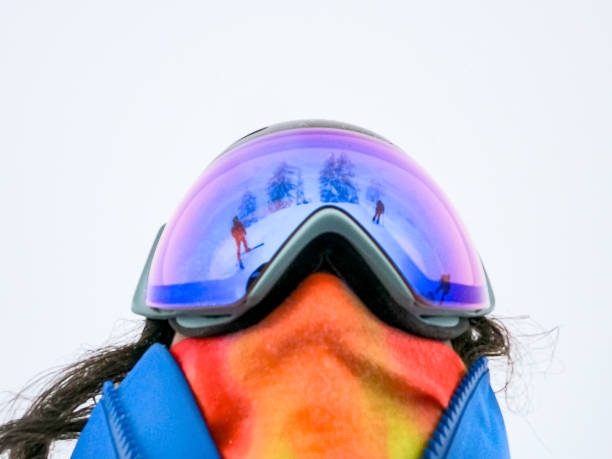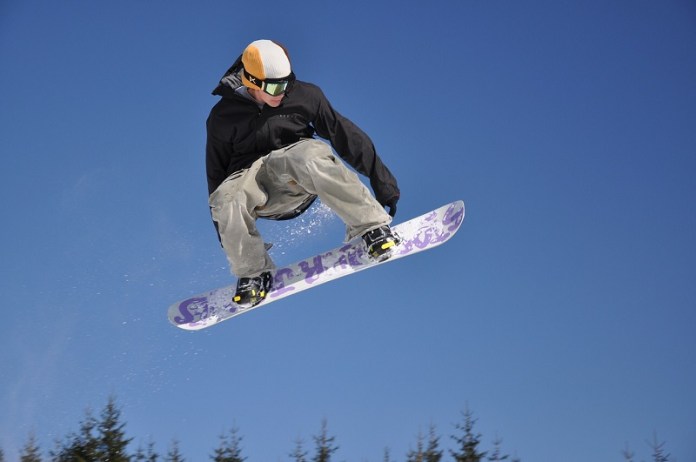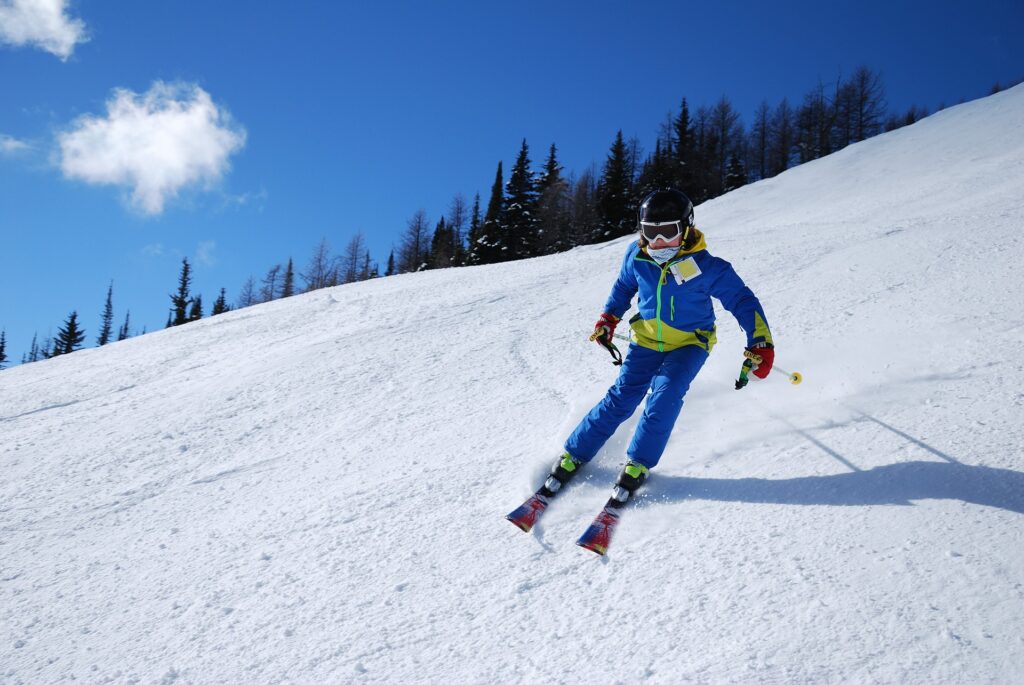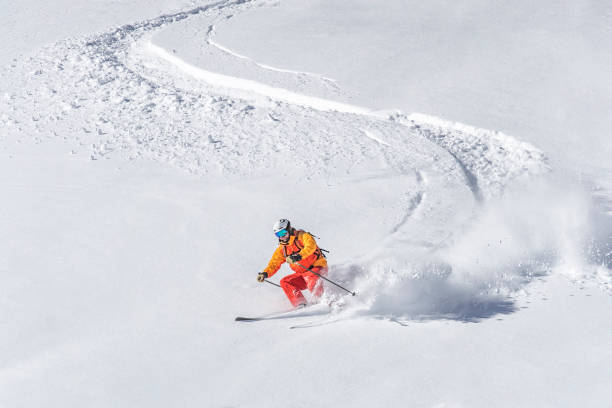Whether you’re an accredited snowboarding instructor, or simply assisting a friend or family member to master the basics, it’s essential to consider several elements, including comprehending the person’s distinct learning preference.
If you are able to work out their learning style, it will be a lot easier to help them pick up all the techniques they need to succeed in developing and growing all their snowboarding skills, by working in a way they can relate to.
It’s important to make your teaching fun as well as engaging – learning and teaching shouldn’t become a battleground between teacher and student. So, find out what their learning style is and then you can take it from there.
What are the Different Learning Styles?
When it comes to the learning styles for snowboarding, people tend to fall into four different camps – those who learn by asking how, why, what, or what if. Depending on which camp your student falls into, you will need to adapt your teaching style accordingly.
If the student is a “why” learner, you will need to explain why you need to do certain moves in snowboarding, like why it’s important to keep your weight even when you are planning to come to a stop on your board.
If the student is a “what” learner, you would explain what the stopping technique you are going to show them would do for them, allowing them to stop safely anywhere, and maintain their balance at the same time.
If the student is a “how” learner you would explain how to do the stopping process, breaking it down step by step and most people fit into this learning category.
The “what if” learner is one who will want to know how the scenario applies to them in particular and what they will benefit from doing it.
Are There also Different Teaching Styles?

Yes, there are different teaching styles and the best approach to take when teaching someone to snowboard is to make sure you use a combination of all three styles. It’s important to keep your teaching engaged and varied.
One of the first styles of teaching is visual, which is highly effective when teaching snowboarding skills as you can literally show them what to do by doing it yourself first and getting them to observe the skills in action.
You may also read: Best Snowboarding Gloves with Waterproofing 2021
Visual Teaching Techniques
Visual teaching includes demonstrations, diagrams, and observing the skills and movements in real life from different angles and approaches. You can encourage them to watch you from different angles or to focus on what your feet are doing, or arms are doing, to help them learn particular techniques.
Also read: Best Snowboard Mittens 2021 – Top Reviews
You can also use videos or demos from other expert snowboarders as part of your overall visual teaching methods for snowboarding techniques. But don’t forget to use the other types of teaching as well.
Movement Teaching Techniques

Use this technique when they need to learn more about how the body works and they need to feel the pressure in their boots or experience the feelings and turns in their bodies directly. This comes from the learner trying out different positions for themselves, to see what the movement feels like.
They can learn so much from watching and the visual side, but actually feeling and experiencing the movements for themselves will really cement it into their brains and physical memory.
Related read: Best Ski Pants & Snowboard Pants – Snow Pants Reviews
Audio Teaching Techniques
The third teaching technique is the use of audio skills which involves giving students verbal explanations to go with the movements they are looking at or experiencing as they are learning from you.
You can use your words to keep the lesson simple and break down the information into easy-to-understand chunks, as well as keeping it more fun. You can also use audio to talk them through their movements as they try to do them, explaining good form and mistakes.
Other Tips for Teaching Somebody Snowboarding

Now that you know the types of learning styles and teaching techniques you can use for teaching snowboard, you are well on your way to being a better teacher, so here are some more tips for you to think about:
- Be patient – teaching requires patience and if people aren’t getting what you are saying, you might need to try to say it or explain it in a different way, or repeat it a few more times, before it sinks in. Don’t expect your student to get it on the first try.
- Don’t expect too much – remember that your student is a total beginner so don’t put pressure on them to try anything too advanced and don’t expect too much or they will just get frustrated.
- Teach them in the right location – choose a safe and simple location to give them their first lesson and don’t travel far ahead of them, stay close and be reassuring at all times to help boost their confidence.
- Choose the right slope – if they are a total beginner make sure you are teaching them on a beginner trail, don’t take them to a slope that will prove too intimidating for them to cope with.
- Understand their comfort zone – you need to know what level they are at already and go with that. Are they total beginners or have they got some experience? Don’t make them do something that makes them uncomfortable.
- Teach them to fall over properly – make sure you show them that falling over can be fun and teach them how to do it safely. Make it fun and encourage them to laugh off a fall and enjoy their time in the snow.
Related read: Best Snowboard Boots – Top Reviews 2021
Teaching someone to snowboard is a great challenge but also incredibly rewarding so make sure you work with their particular learning style and vary your teaching techniques and you will soon see them making progress. Be patient and make it fun and engaging and you will both enjoy being out on the slopes for your snowboarding lessons.





